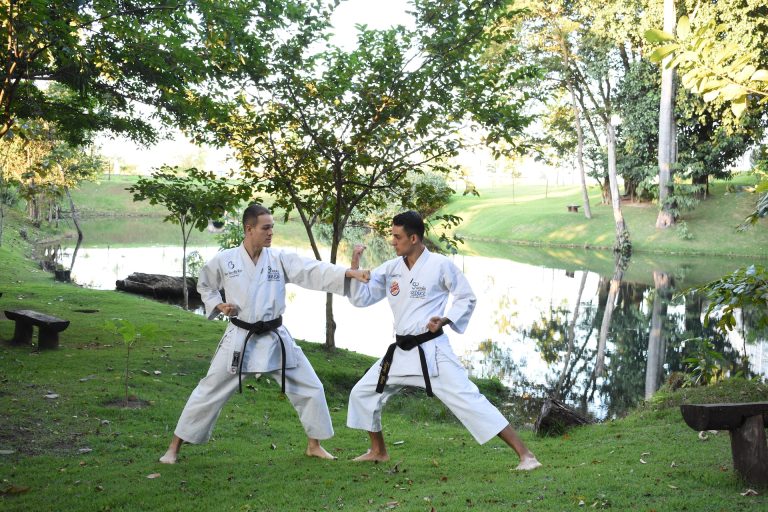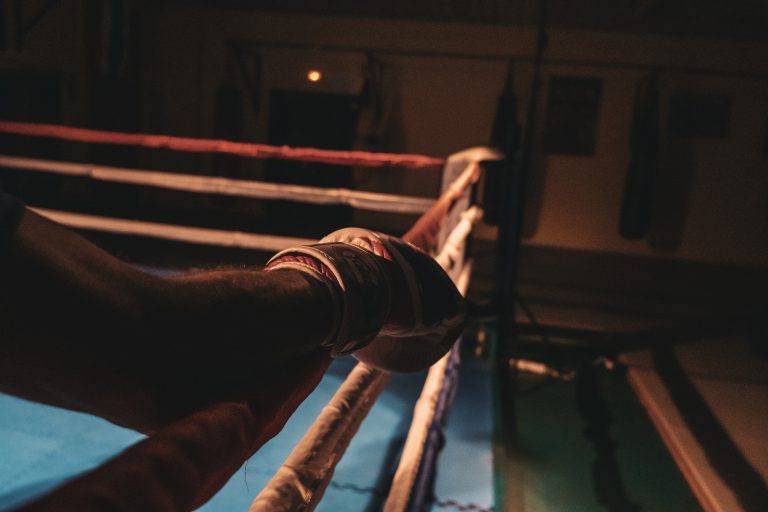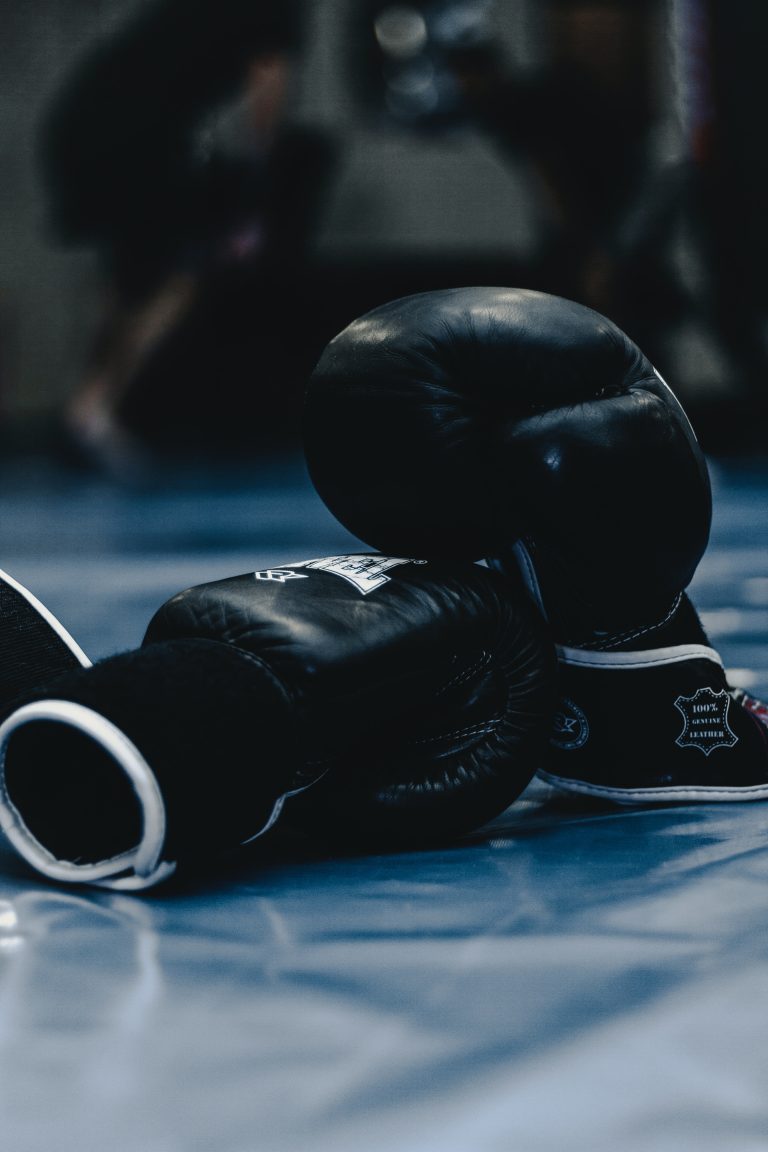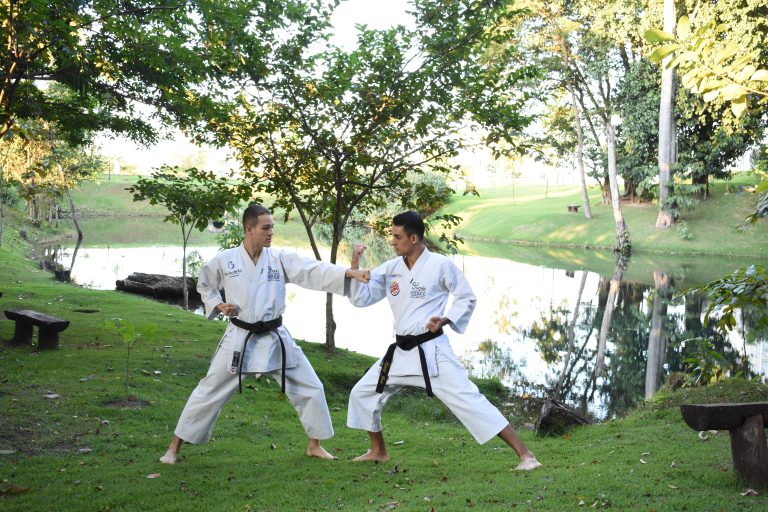How to Start Karate Classes: A Comprehensive Guide for Beginners
Are you interested in taking up karate classes but don’t know where to start? Karate is a martial art that combines various techniques for self-defense, sparring, and forms. It is not only physically demanding, but it also requires mental discipline and focus. Learning karate can be an enriching experience that can improve your strength, flexibility, balance, and coordination.
In this guide, we will take you through the steps you need to follow to start your karate journey.
Step 1: Research Different Karate Styles
Before you start looking for karate classes, it’s essential to research the different karate styles available. Karate has several variations, each with its unique techniques and philosophy. The most popular styles of karate in the world include Shotokan, Goju-Ryu, Wado-Ryu, and Shito-Ryu.
Once you’re familiar with the different styles, you can decide which one suits your needs and interests. Consider the instructor’s experience, the class schedules, the class sizes, and the location when searching for a dojo.
Step 2: Find a Karate Dojo
Once you’ve decided on the karate style you want to learn, the next step is to find a reputable karate dojo. A dojo is a training hall where karate classes are held.
You can find a local dojo by searching online or using resources from your local community information center. Ask for recommendations from friends, family, or colleagues who have taken karate classes before. When searching for a dojo, consider the instructor’s qualification, the facilities available, the class schedules, and the distance of the dojo from your home or workplace.
Step 3: Consult the Instructor
After finding a dojo, contact the instructor and schedule a consultation. The consultation will allow you to meet the instructor, tour the facility, and ask questions about the class structure, fees, and any special requirements.
During the consultation, ask about the instructor’s teaching philosophy, the type of students they work with, and their expectations for their students. You may also want to inquire about the frequency and duration of the classes, any equipment required for the classes, and the availability of sparring partners.
Step 4: Join a Class and Start Learning
After the consultation, you will be ready to start taking karate classes. Make sure to arrive early to your first class, introduce yourself to the instructor, and ask for any other information you need about the class.
During your first class, you’ll learn the basics, including stances, punches, and blocks. Be prepared to take notes, pay attention to the instructor’s demonstrations, and follow their instructions closely.
Don’t worry if you find the movements challenging or unfamiliar during the first class. With practice and repetition, you will gradually become more comfortable and confident in your karate skills.
Step 5: Practice and Enjoy the Benefits of Karate
Karate is a discipline that requires consistency and dedication to master. It’s essential to attend classes regularly, practice on your own, and track your progress. Set achievable goals for yourself and celebrate your achievements along the way.
Apart from improving your physical fitness, karate can also boost your mental well-being. It can improve your self-confidence, discipline, focus, and control. You’ll also get a chance to meet new people, make friends, and become part of a supportive community.
In conclusion, starting karate classes is a significant step towards improving your physical and mental health. Do your research, find a reputable dojo, and consult with the instructor before taking the first class. With persistence and hard work, you can become a confident and skilled karate practitioner.
How Do You Start Karate Classes?
Introduction
Learning karate is a popular and fulfilling pursuit that many people choose to undertake. However, before starting, it is essential to have a clear understanding of the basics on how to start karate classes so that you can get the most out of it. In this blog post, we will explore some of the most frequently-asked questions about starting karate classes and provide you with helpful information to ensure that you have a successful start.
1. How do I find a good karate class?
Finding a good karate class is one of the most important steps in starting your journey in karate. One of the best ways to find a good karate class is to ask for recommendations from friends or family members who may have had personal experience with karate classes. You can also look online and read reviews and ratings to get an idea of what to expect from different karate schools.
2. What should I wear to my first karate class?
When attending your first karate class, make sure that you wear comfortable, loose-fitting clothing that allows for easy movement. Most karate schools have specific requirements regarding what you should wear, such as a gi (karate uniform). Check with the school you plan to attend to get their specific dress code requirements.
3. What should I expect from my first karate class?
During your first karate class, you will likely go through a warm-up that involves stretching and basic movements. Then, your instructor may introduce you to some basic techniques and movements, such as punches and kicks. You will also learn how to perform some basic kata (forms) and have an introduction to sparring. Remember, it is okay to make mistakes and ask questions during your first class.
4. What are some benefits of practicing karate?
There are many benefits to practicing karate. Learning karate can help to improve your physical fitness, flexibility, balance, and coordination. It can also help promote mental discipline, which can carry over to other aspects of your life. Karate will also teach you practical self-defense techniques that could potentially save your life in dangerous situations.
5. Am I too old to start karate?
No, you are never too old to start karate. Many karate schools welcome students of all ages, and some even offer special classes for seniors. By practicing karate, you can improve your overall physical health and mental wellness, regardless of your age.
6. How often should I attend karate classes?
The frequency of attending karate classes ultimately depends on your schedule and personal preference. However, it is generally recommended to attend classes at least two to three times per week to make steady progress. Consistency is key when practicing karate, so try to establish a regular routine that works for you.
7. How long will it take before I can earn a black belt in karate?
Earning a black belt in karate is a significant accomplishment that requires dedication and hard work. The time it takes to earn a black belt can vary depending on the school and the individual student’s progress. It typically takes around 3-5 years of consistent practice to earn a black belt, but this can vary.
How to Start Karate Classes
Karate is a popular martial art for a reason – it provides a great workout while also teaching critical self-defense skills. If you’re interested in starting karate classes, here are the steps you need to take:
Step 1: Research Karate Schools
The first step to starting karate classes is to research karate schools in your area. Use the internet to look up local schools and do some digging into their websites. You can also ask friends or family members if they have any recommendations.
Step 2: Contact Schools and Instructors
Once you’ve found a few karate schools that seem like a good fit, it’s time to contact them. Send them an email or give them a call to inquire about their classes. Ask about their class schedules, pricing, and any other questions you may have.
Step 3: Attend a Trial Class
Before jumping into a full karate class commitment, attend a trial class at the schools you’re interested in. This will give you a chance to see how classes are structured, what the instructor is like, and whether the class is a good fit for your skill level.
Step 4: Choose a School and Instructor
Once you’ve attended a few trial classes, it’s time to choose a school and instructor that feels right for you. Consider their experience and teaching style, as well as the location and class schedule.
Step 5: Purchase the Necessary Equipment
After choosing a school and instructor, make sure to purchase the necessary equipment for karate classes. This usually includes a karate uniform, also known as a gi, and a pair of sparring gloves. Your instructor will be able to provide more details on what equipment you’ll need.
Step 6: Attend Regularly and Practice
Finally, attend karate classes regularly and practice outside of class to improve your skills. Consistency is key when learning any new skill, so make sure to attend classes consistently and put in the effort to practice outside of class.
Final Thoughts
Starting karate classes can be an exciting and fulfilling experience. By following these steps, you’ll be well on your way to becoming a skilled karate practitioner. Remember to take your time in choosing a school and instructor and to practice consistently to see the best results. Good luck on your karate journey!
Inhaltsverzeichnis






